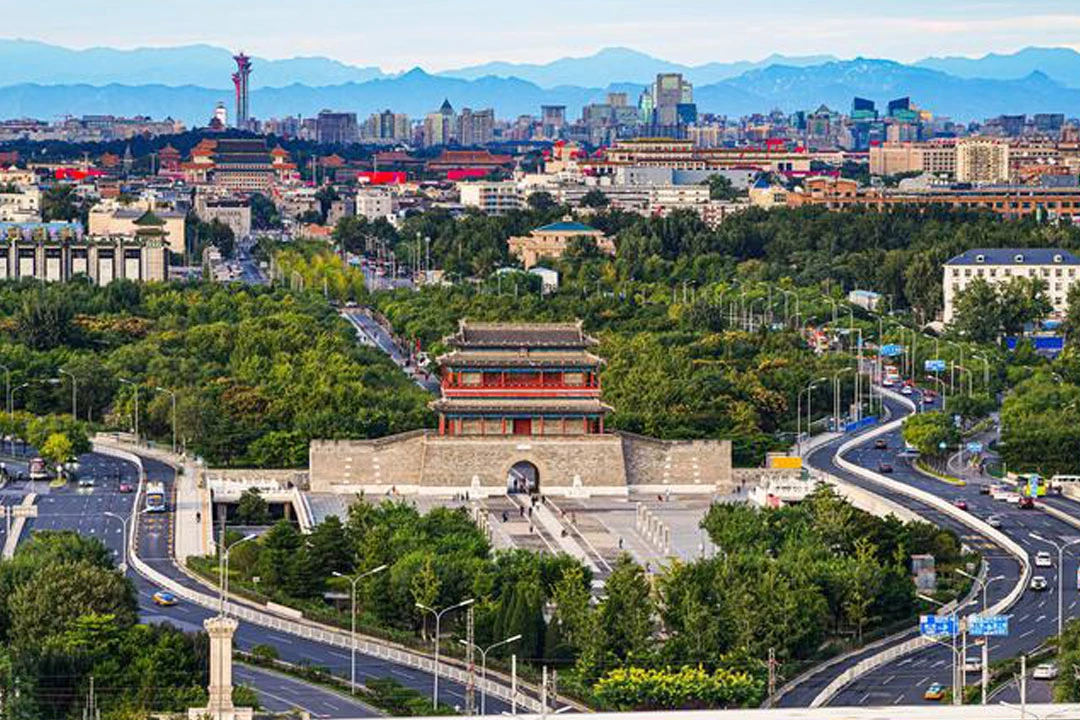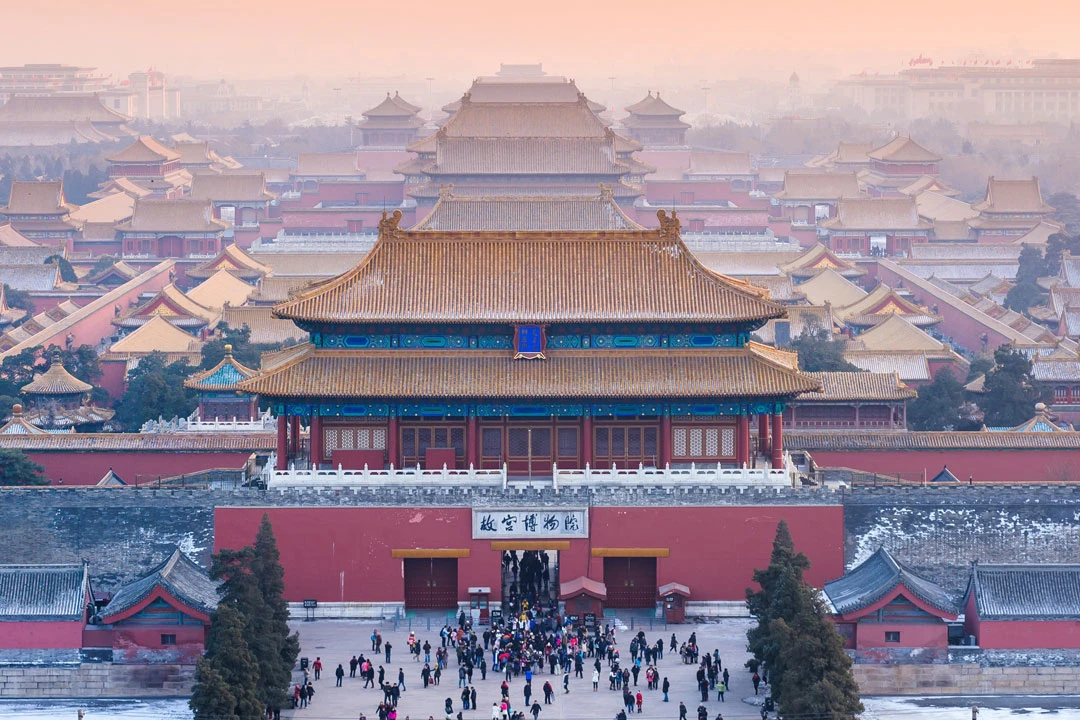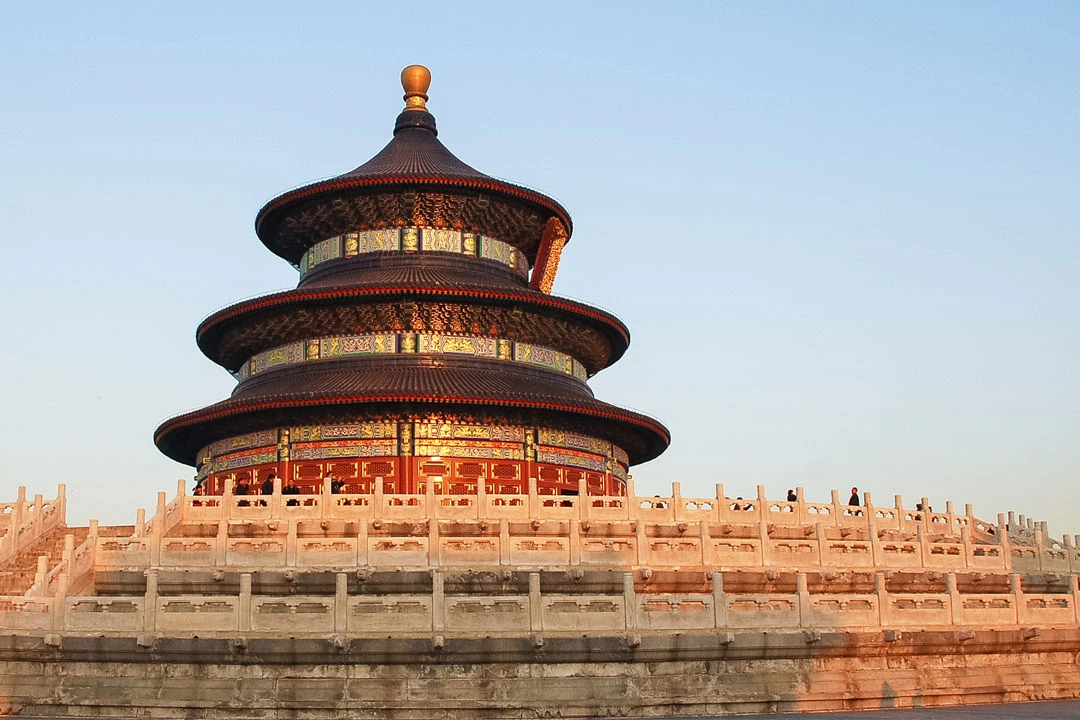Tracing the Legacy of Beijing's Central Axis Through Millennia
Beijing, a city steeped in over three millennia of history and dynastic heritage, has added another accolade to its rich cultural tapestry. On July 27, 2024, the UNESCO World Heritage Committee convened in New Delhi, India, and unanimously approved the inscription of "Beijing Central Axis – The Grand Design of China's Ideal City Planning" into the prestigious World Heritage List. This decision marks a significant recognition of Beijing's architectural and urban planning achievements spanning multiple dynasties.
Unveiling the Ancient Foundations of the Central Axis
The origins of Beijing's Central Axis can be traced back to the Western Zhou Dynasty, with archaeological discoveries revealing the earliest concepts of axial design at the Liulihe Western Zhou Ancient City. This ancient site, covering 829 meters in length and over 300 meters in width, exhibited a symmetrical layout typical of subsequent imperial capitals. Despite no explicit evidence of a central axis within the city walls, the symmetrical and orderly arrangement suggests an early adoption of axial planning principles.
From Jin Zhongdu to Yuan Dadu: Establishing the Definitive Central Axis
During the Jin Dynasty's reign at Zhongdu, later known as Jin Zhongdu, the imperial palace was strategically aligned along the central axis. This marked the first clear instance of Beijing's central axis, extending from the southern gate of the Imperial City to the outer gates of the city proper. The layout emphasized hierarchical spatial organization, setting a precedent for subsequent dynastic capitals.
The pivotal moment in the evolution of Beijing's central axis came with the establishment of Yuan Dadu in the 13th century. Liu Bingzhong's urban planning adhered closely to Confucian principles outlined in ancient texts like the "Zhou Li" and adapted to Beijing's geographical features. This meticulous planning centered around the central axis, spanning from the central pavilion of Datan Shou Wanshansi (now Beijing Drum Tower) through the palaces and ceremonial halls of the Imperial City.
Exploring the Cultural Significance
Beyond its architectural marvels, the Central Axis of Beijing embodies profound cultural and philosophical ideals. Rooted in Confucian doctrines of governance and societal order, the axis symbolizes the ruler's mandate to harmonize heaven, earth, and humanity. This concept extends beyond mere urban planning; it encapsulates a worldview where spatial arrangement reflects cosmic harmony and social hierarchy.
Today, Beijing's Central Axis continues to shape the city's urban landscape and cultural identity. Efforts in preservation and restoration ensure that this ancient legacy remains accessible to future generations, offering insights into China's imperial past and the enduring influence of Confucian thought on urban design.
As Beijing celebrates the inscription of its Central Axis into the UNESCO World Heritage List, the city reaffirms its role as a custodian of cultural heritage. This recognition not only honors China's architectural ingenuity but also underscores the enduring relevance of ancient urban planning principles in contemporary cityscapes worldwide.
In essence, Beijing's Central Axis stands as a testament to the enduring legacy of China's dynastic capitals, where tradition and innovation converge to define the soul of a city.
Today, Beijing’s Central Axis not only serves as a historical landmark but also as a vibrant symbol of China’s enduring cultural legacy. The meticulous efforts to preserve and restore the axis ensure that this monumental achievement continues to inspire and educate future generations. The ongoing archaeological work and conservation projects are crucial in maintaining the integrity of this urban masterpiece, allowing visitors and scholars alike to explore the intricacies of its design and its significance in the broader context of Chinese history.
The inscription of Beijing’s Central Axis as a UNESCO World Heritage site is more than a nod to its architectural splendor; it is a recognition of its role in embodying the philosophical and cultural ideals of ancient China. It serves as a beacon of how urban planning can reflect and reinforce societal values, providing a model of harmony and order that transcends time.
As Beijing moves forward, the Central Axis will undoubtedly continue to stand as a proud testament to the city’s rich heritage, bridging the past with the present and illuminating the path for future generations to appreciate and uphold the values embedded within its historic heart.



